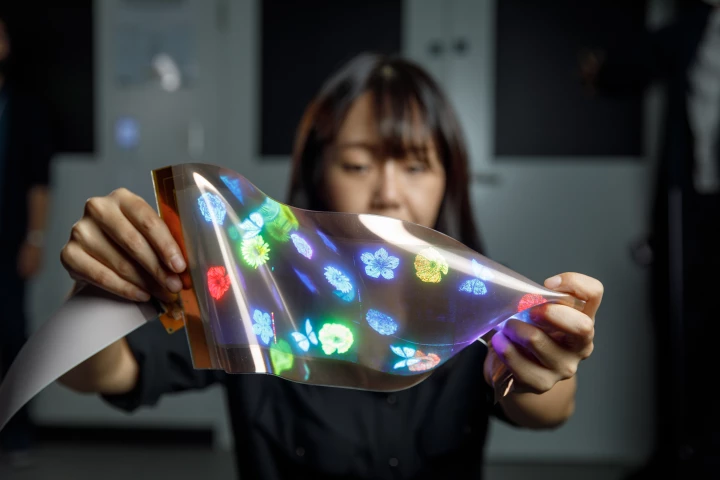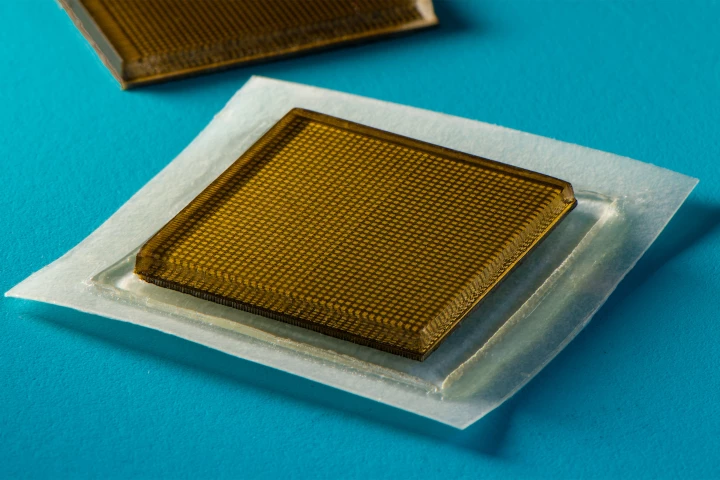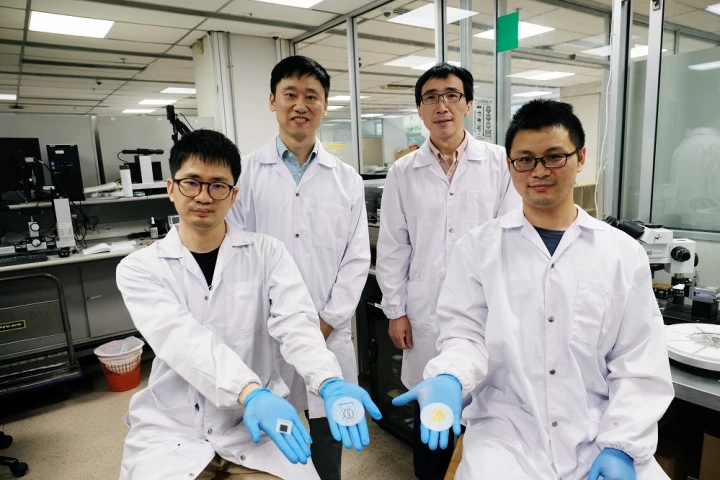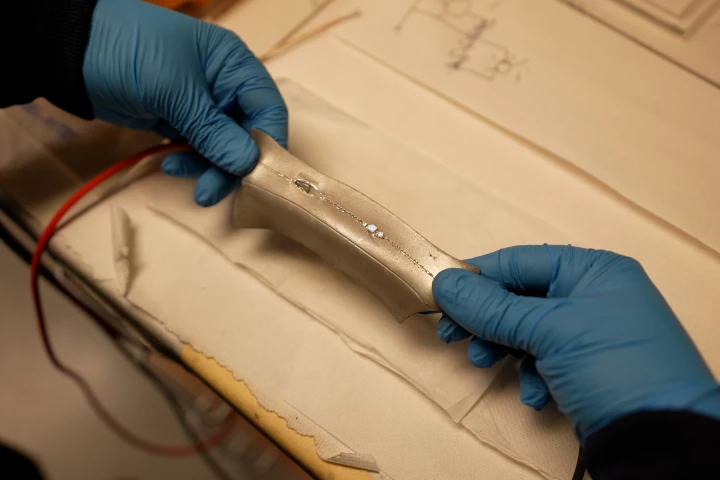Flexible Electronics
-
LG Display has built on the technology powering its flexible screen prototype that stretched by 20% in 2022, announcing what's claimed to be the world's first stretchable display capable of expanding up to 50%.
-
Researchers at the University of Cambridge in the UK have combined human stem cells with flexible electronics to create a new type of neural implant that has the potential to help amputees or those who’ve lost the use of their limbs.
-
A team of researchers has developed a new material that’s not only elastic, but is impervious to gases and liquids – something this kind of material is usually bad at. The material could be useful for making flexible batteries or wearable electronics.
-
Among other things, mushrooms have been put forth as eco-friendly alternatives to leather and expanded foam packaging. According to a new study, they might also find use in biodegradable electronic devices.
-
Foldable, rollable and bendable displays are beginning to appear in electronics, but now we’ve had a glimpse at a new take on the idea. LG Display has unveiled the first high-definition display that can be stretched, twisted and folded during use.
-
Engineers at MIT have designed a tiny sticker that can deliver continuous ultrasound images of internal organs. The innovation is a step toward a future where stickers could track muscle health during workouts or fetal development during pregnancy.
-
Presently, OLED screens are manufactured by trained technicians in large high-tech factories. Now, however, scientists have managed to 3D print a flexible OLED display, paving the way for small businesses to one day be able to do the same thing.
-
Although there are now biodegradable single-use electronic devices such as environmental sensors, the batteries in those devices can still pose an ecological problem. That's why scientists have now created a fully biodegradable paper-based battery.
-
Soft robots and flexible electronics aren't as protected as their rigid-shelled counterparts, so they're more likely to get ripped or punctured. A new stretchable, self-healing conductive material was designed with this limitation in mind.
-
Colorless polyimide (CPI) is a flexible alternative to glass, increasingly being used in bendable smartphone screens. It still can crack, however, which is why scientists have developed a self-healing version that incorporates linseed oil.
-
Scientists at Penn State University have developed a flexible sensor they say can be safely printed directly onto the skin, where it can track things like body temperature and blood oxygen levels, before being washed off once the job is done.
-
Through a combination of 3D printing techniques and sprayable electronic technology, researchers have come up with a new kind of touchscreen display that can be adapted to almost any shape. They're calling it ProtoSpray.
Load More











